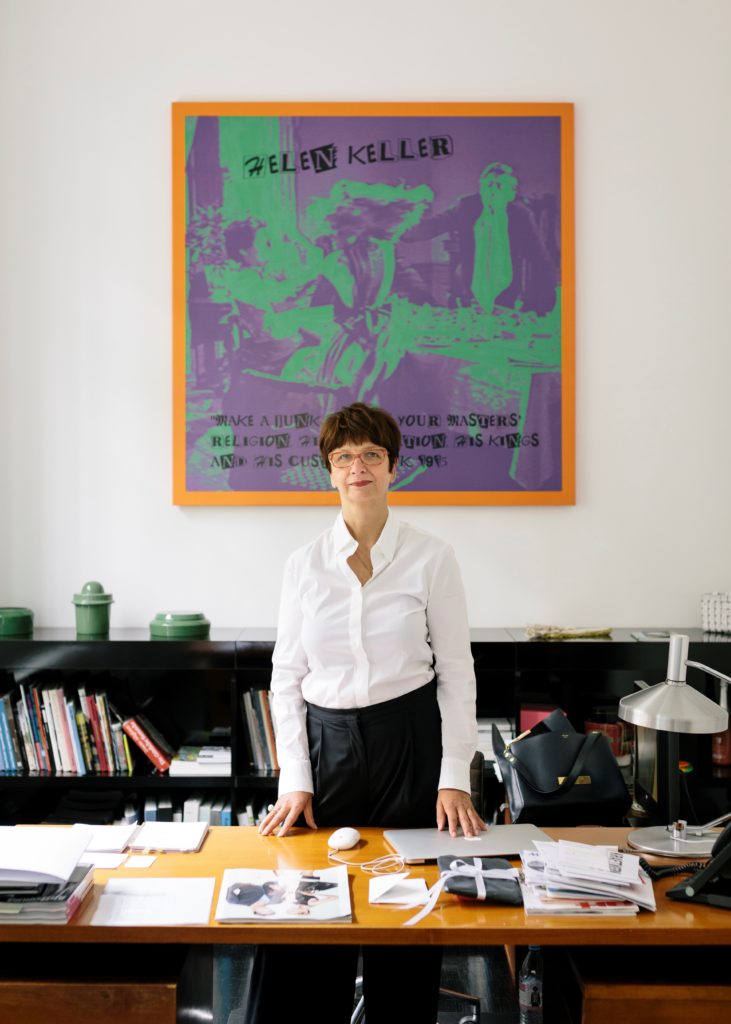People
Influential Berlin Gallerist Barbara Weiss Dies at 56
She represented artists like Nicole Eisenman, Harun Farocki, and Maria Eichhorn.

She represented artists like Nicole Eisenman, Harun Farocki, and Maria Eichhorn.

Kito Nedo

Gallerist Barbara Weiss died in Berlin on December 31, 2016, after suffering from a long illness. Born in the town of Schwandorf in the Oberpfalz district of Bavaria, Germany in 1960, she was 56.
Weiss was a master of understatement. Although she ran a successful gallery in the German capital, she managed to remain in the background. Self-confident and untiring, Weiss shaped the international art world quietly. It was the work of the artists she represented that always occupied center stage. The opening exhibit of her gallery on Potsdamer Strasse in October 1992 caused an immediate stir—it was the controversial and unsparing photography series “Tulsa” and “Teenage Lust” by the American photographer and film director Larry Clark, who was at the time only known to insiders in Germany.
Originally from the Franconia region, Weiss moved to Berlin in the early 1980s to study art history and philosophy. Before founding her own gallery, she collaborated with the Berlin galerist Michael J. Wewerka as Wewerka & Weiss from the late 1980s to the early 1990s. She developed an unmistaking sense for important and relevant works; for art that is critical, humorous, conceptual, new, or unjustly ignored. That was the spirit which made her Berlin gallery—which operated near Checkpoint Charlie in the 2000s and has been based in Kreuzberg since 2011—a destination for a sophisticated clientele of artists, critics, progressive collectors, and curators of major international exhibitions. Weiss was married to the curator Kasper König, the former director of the Museum Ludwig in Cologne, a bond that the German newspaper Die Welt once called “a marriage on equal footing.”
Several of the artists represented by Weiss exhibited at documenta: Monika Baer, Harun Farocki, Andreas Siekmann, and Maria Eichhorn, among others. Early on, she showed works by the now very influential New York painter Nicole Eisenman. Weiss also promoted the re-discovery of the Romanian visual artist Geta Brătescu. While now considered the “Grande Dame of Romanian Conceptual art,” her work was virtually unknown in the West. In addition, Weiss appreciated absurd humor, as it flares up in the works of Thomas Bayrle, Boris Mikhailov, or Roman Signer.
In talking to Weiss, one could learn a lot about the philosophy of the gallery business. “It is much easier to sell bad art than good art,” she once said in her characteristic, dry manner that never became lecturing or triumphant. She showed impressive courage and confidence in entrusting her business more and more to to her young directors Bärbel Trautwein and Daniel Herleth.